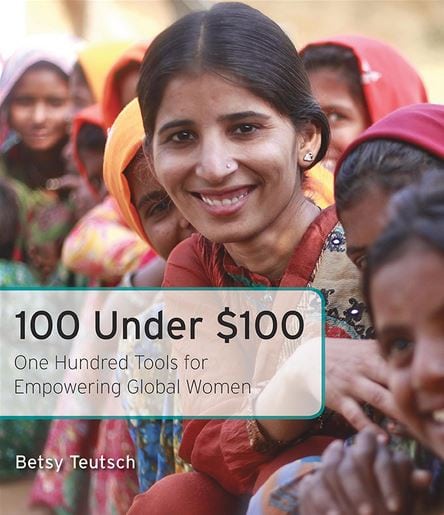
100 Under $100 compiles affordable technologies and policy ideas that improve the lives of women living in developing countries. For more information and to buy a copy please see 100under100.org.
If there were doubts that technology can mediate social change, 100 Under $100 | One Hundred Tools for Empowering Global Women should lay them to rest.
Betsy Teutsch has written a handbook for low-cost machines, foods, drugs and policies that are improving the lives of women and children in developing countries. She doesn’t state it as such, but Teutsch makes the case for a kind of practical idealism; through photos, bullet points and concise explanation, the book shows the good that technology enables.
“There are many different things that will bring about women’s empowerment in the developing world, and a lot of it is legal and a lot of it is education. But I think that getting women clean water and sanitation and solar panels, those things are all going to have an enormous impact on liberating women’s time and labor. I think a lot of that labor is unidentified and unseen and there isn’t a lot of attention to domestic technology because the people that design the technology are not responsible for domestic functions,” Teutsch told E4C.
[quote author=”Betsy Teutsch”]I realized how wonderful it was and how rare that you see women actually digging in and applying technology to improve their situations. I thought it would be great to use this catalog to bridge this gap between the developing world technology sector and the developing world women’s empowerment sector.[/quote]
The book is available as a download and a colorful coffee table edition. The download is linked to at least 400 Web pages for further study.
Here we’ve sampled five of the 100 Under $100. For more information and to buy a copy, please see 100under100.org.
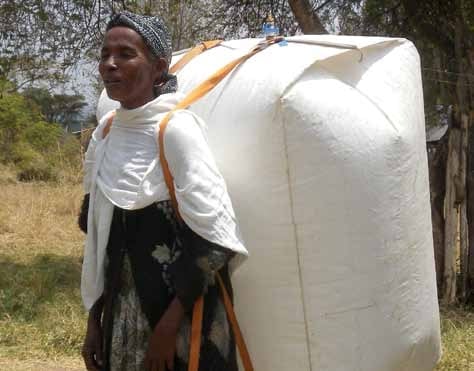
A woman in Guder, Ethiopia, carries 10 cubic meters of biogas in this low-cost backpack. Photo by Katrin Puetz
Biogas Backpack
This gigantic inflated bag is filled with 10.2 cubic meters of biogas, the combustible product of decomposing organic material. Human and animal waste and agricultural biomass release biogas as they decompose in a biodigester. The problem can be in transporting the gas from large, stationary biodigesters without canisters and compressors. Katrin Puetz, a development worker in Africa, solved the challenge with this low-tech Biogas Backpack made from repurposed dunnage bags that fill empty spaces in cargo ships. Puetz founded (B)Energy to distribute the backpacks.
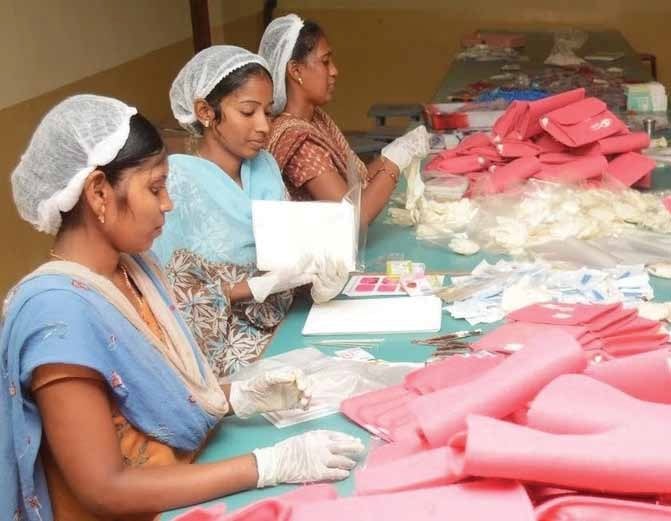
Workers at the social enterprise Ayzh assemble purses for Clean Birth Kits. Photo by Justin George / Ayzh
Clean Birth Kits
These kits include six clean tools for birthing that the World Health Organization has deemed essential: soap for cleaning hands, gauze wipes for cleaning the perineum, a plastic drop or pad for a clean birthing area, a sterile razor or scalpel for cutting the umbilical cord, thread for tying the cord and ointment for the cut cord. Pictorial directions explain the contents, and kit upgrades include things like plastic gloves, sanitary pads and blankets and clothes for newborns.
Diapers needed
Diapers are missing from the host of affordable products created for women in developing countries. And their absence is strange. Diaperless children can contaminate groundwater and spread waterborne disease, which is one of the leading killers of children under the age of five. Teutsch mentions a handful of work-arounds to the problem, including early toilet training and makeshift cloth diapers that lack water proof shells. But the world still needs a good affordable diaper, Teutsch writes.
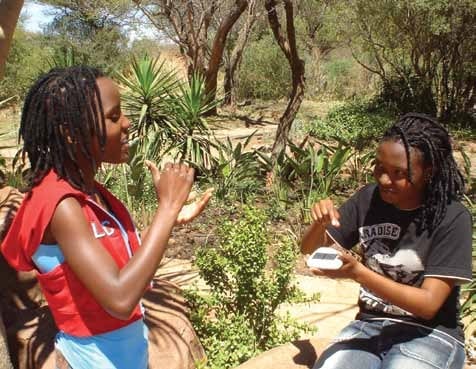
Sarah and Akangang of the Solar Ear project in Botswana sign to each other about how the solar charger works. They helped develop the chargers and now teach others how to manufacture them. Photo by Solar Ear
Solar Ear
At $50, this solar-powered hearing aid costs much less than its non-solar counterparts in industrialized countries. The Solar Ear tries to meet the needs of 90 percent of the world’s 360 million people with impaired hearing who can’t afford or simply can’t find a hearing aid. The technology is one of the few in 100 Under $100 that blurs the line between design that exclusively empowers women and design that empowers people.
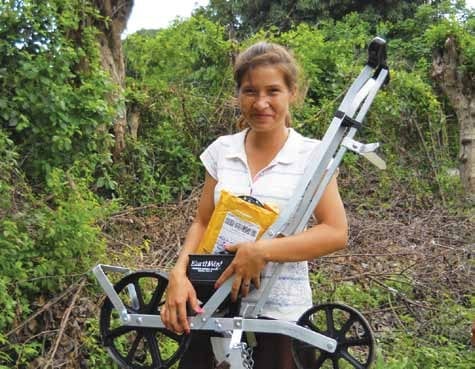
An El Salvadoran farmer poses before taking a wheeled seeder on an inaugural run in Rancho Grande, San Vincente. Photo by Chuck Haren / Plenty International
Wheeled seeders
Hand-powered seeders and threshers make farm work easier on women’s cooperative farms, Teutsch writes. Machines like these save time and help farmers earn more money. But they are often too expensive for single poor farmers or families to buy, which is why they make sense for coops.
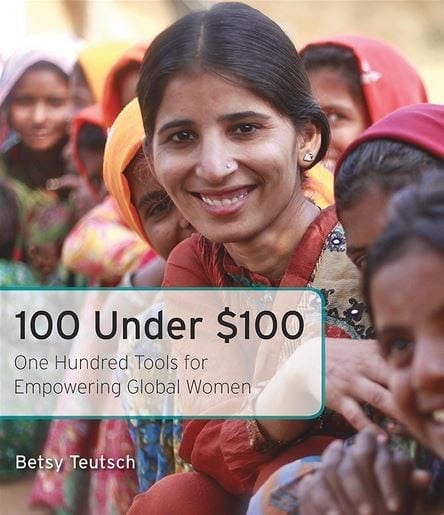
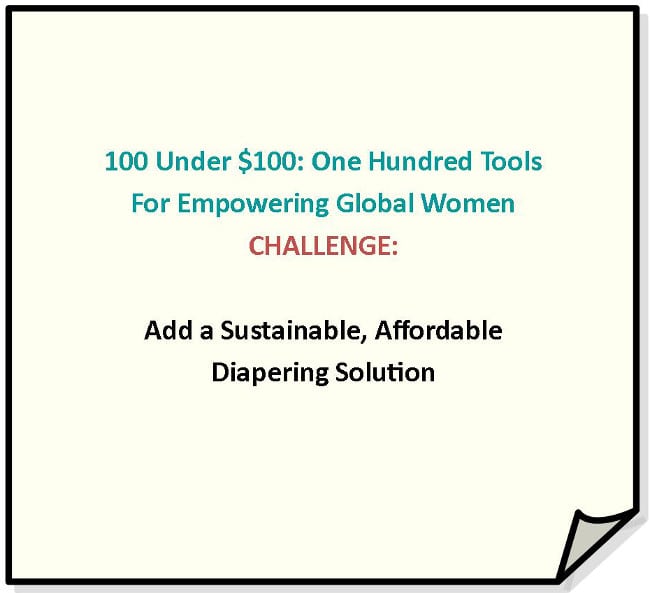
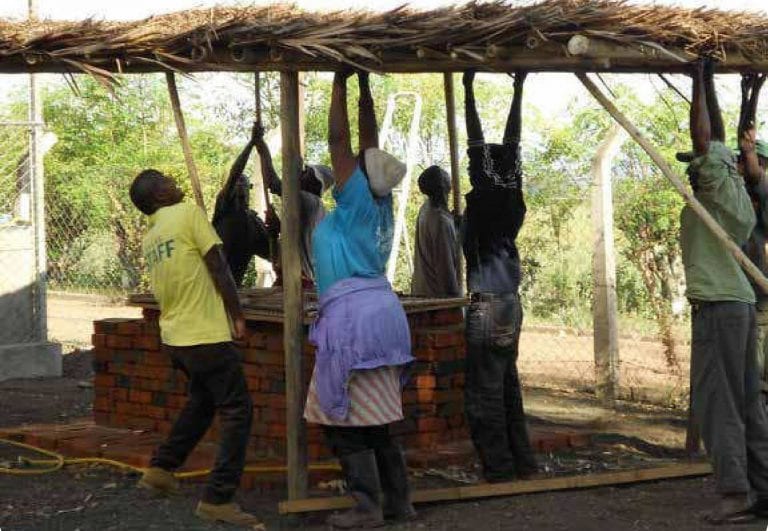
I visited your site by chance. We wish to set up a women technology park in Punjab, India to improve livelihood opportunities for rural women. I feel that the Clean Birth Kit, Solar Ear Technology and wheeled seeders are good technologies which can be promoted in the Park. Whereas women can prepare clean birth kits and solar ears and market them, they can use seeders for de-seeding of legumes, corn,etc which can then be sold at the local market. From where can I get details? Will the information be paid? How much payment? Is there any IPR/ licensing issue? What would be the cost involved? Are any funds available to promote these? I can try and look for some funding sources also.
Waiting for more information.
There is no single organization that manufactures all of those things, so you will have to contact each manufacturer directly. I suggest googling their sites, or some of them are in our Solutions Library and you can find contact info there. For example, the Ayzh Clean Birth Kit: http://solutions.engineeringforchange.org/products/105. And their site is on that page (http://www.ayzh.com/#prettyPhoto – contact info at the bottom). Good luck!